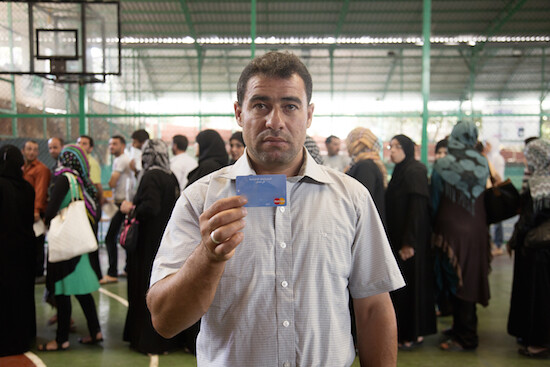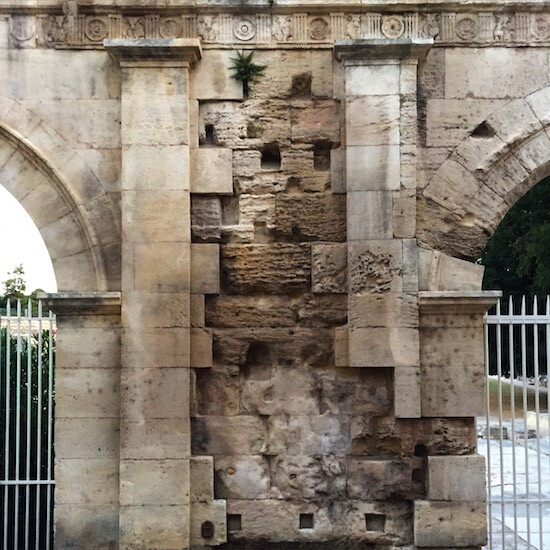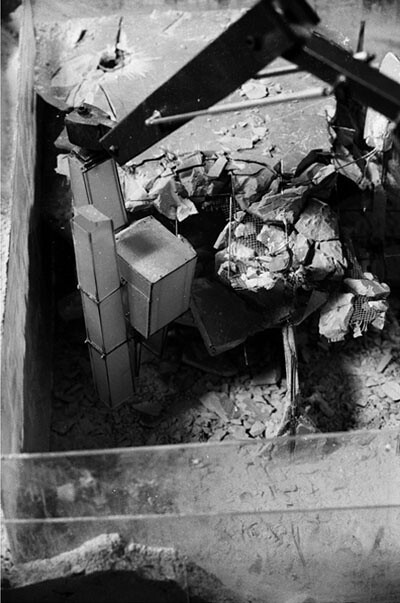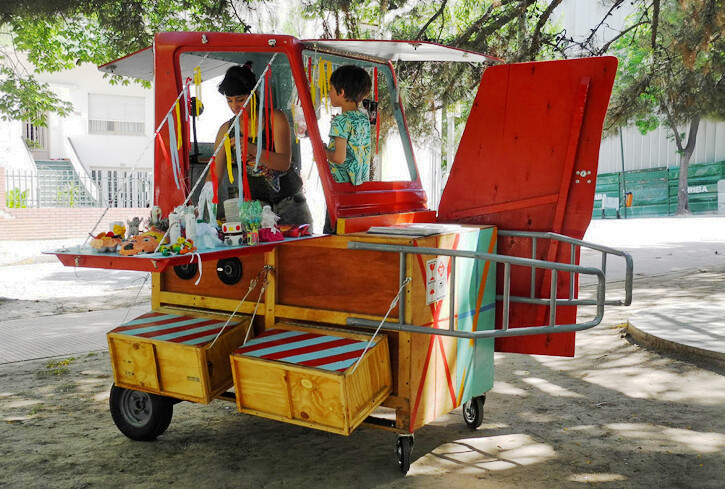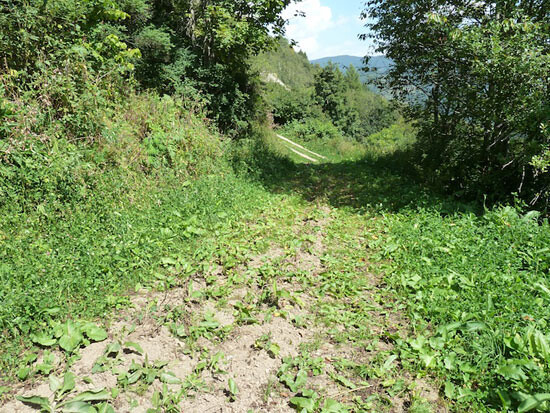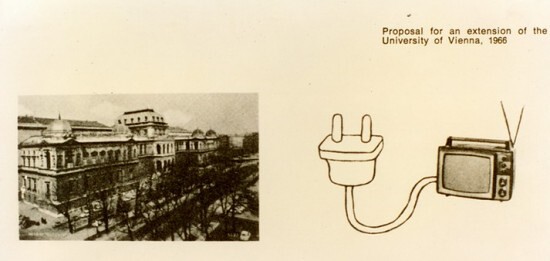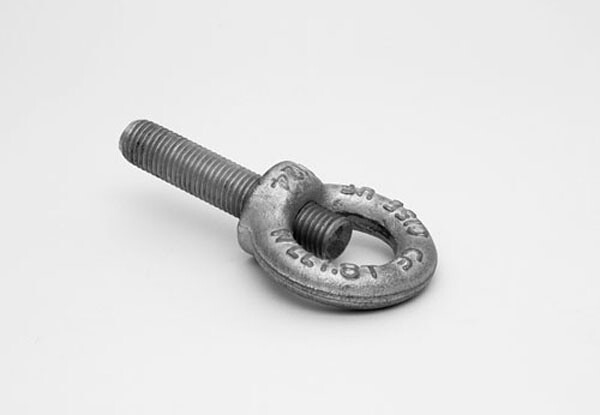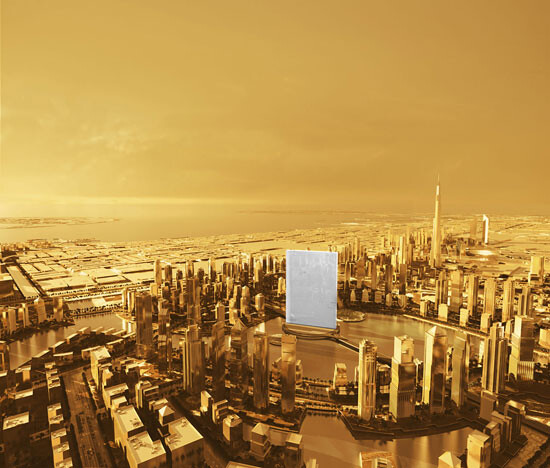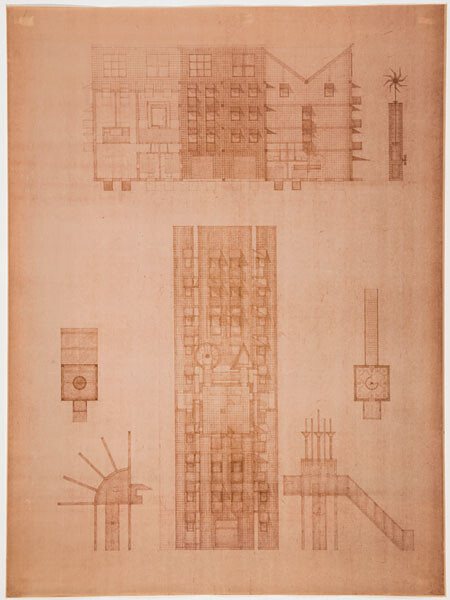When Wilhelm Conrad Röntgen first published his very recent discovery of the X-ray in December of 1895 in an article entitled “On a New Kind of Rays, a Preliminary Communication,” he wrote about a new form of transparency in which “bodies behave to the X-rays as turbid media to light.” 1 The invisible rays are described as a “medium” that penetrates objects and is revealed on screens. A floating technical surface acts as the most intimate witness of the otherwise hidden interior. An…

In June 2015, eight-year-old Adou Ouattara from Ivory Coast was discovered by border control X-ray as he was being smuggled into Spain from Morocco in a suitcase.
Issue #66
“Architecture as Intangible Infrastructure” Issue Two
October 2015
With:
Nikolaus Hirsch, Julieta Aranda, Brian Kuan Wood, Anton Vidokle, Beatriz Colomina, Andrew Herscher, Kadambari Baxi, Jordan Carver, Mabel O. Wilson, Jorge Otero-Pailos, Bernard Khoury, Niklas Maak, Hu Fang, Hans Ulrich Obrist, Taryn Simon, Rem Koolhaas, Ingo Niermann, and Shumon Basar
More than ever, architects today are called upon to build gestural landmarks and grandiose signature buildings. But architecture was never only about building. It is also about the flows of people, information, and resources that shape space. Today, the practice of architecture often confronts situations where these flows cannot be reduced to modernist managerial approaches to systematizing, structuring, and mastering the potentials of space.
In a two-part “Architecture as Intangible…
View List
View Grid
12 Essays
October 2015
“Digital Food,” “Digital Shelter,” and Voucher Humanitarianism
Some refugees from the current civil war in Syria have fled to Lebanon, Jordan, and Turkey and found themselves in novel spaces—novel not only with respect to the spaces they fled from, but also with respect to the spaces occupied by previous generations of refugees. These new spaces of refuge are structured by technologies of credit distribution in the form of automated teller machines and credit card readers: the means…
In our recent exhibition at the Istanbul Design Biennale, WBYA? (Who Builds Your Architecture?) installed a “workroom” that allowed visitors to reflect upon the context of transnational building projects and to consider where human rights issues overlap with processes of architectural design and construction. On a large table built for holding discussions and for reading reports on various issues, we displayed a long drawing that mapped the network of a fictional building project. A stadium…
1.
Let me propose the neologism “monumentaries” to describe the notion that monuments are not just material documents of the past, but also the expression of a contemporary editorial point of view. Monumentaries are historical buildings that have been purposefully altered post facto in order to influence our perception and conception of them. Any careful observer of historic buildings knows that, in order to keep them standing over the centuries, some measure of alteration is always…
Let’s rewind back about twenty years or a bit more. Back in 1991, while completing my studies in the US, I visited a traveling exhibition of what to me were extremely powerful war images of Beirut’s city center, which had been a no-man’s land for approximately fifteen years. These struck me personally, as I had spent my childhood moving between the two sides of the city, around but never through this battlefield. Many of these buildings were being bulldozed very quickly—by the early ’90s a…
The world’s population is to increase by between 1.5 and 2.5 billion by 2050. In the coming two decades “more than seven hundred million households will be added,” according to Tobias Just, professor of real estate management at the University of Regensburg. “But because urbanization is advancing rapidly,” adds Just, “especially in Africa and Asia, and the relocation of a household from the countryside to the city creates an additional need for housing, about a billion more dwellings need to…
The Path to Krameterhof
Would the space and time of the future ever open up to us again, if humanity no longer provided for and contributed to them?
In July 2012, I traveled to Salzburg, the home of Mozart, to visit a farmer named Sepp Holzer. In 1962, when the then nineteen-year-old Holzer took over his parents’ farm in the mountains of Lungau, he could not have imagined that the farm, known as Krameterhof, would become such a visionary land, and that he himself would be viewed as…
Hans Ulrich Obrist : You’ve frequently worked at the junctures between art and architecture. Could you tell us about your early work in exhibition design as well as exhibitions of your own art?
Hans Hollein : My earliest endeavors in that direction date to 1956, when I’d completed my architecture studies at the Academy of Fine Arts in Vienna. I hadn’t received any commissions, but I started to develop ideas. My first studies for a purposeless or—my term at the time—absolute…
Underneath layers of cement and drywall in the Fondation Louis Vuitton is a message in green permanent marker on concrete: “Oubliez la terre. Elle ne vaut pas le coup … à moins que vous soyez là pour me sauver” (Skip earth. Not worth it … unless you’re coming to save me).
In A Polite Fiction (2014), Taryn Simon maps, excavates, and records the gestures that became entombed beneath—and within—the building’s surfaces during its five-year construction. Designed by Frank Gehry, the…
Rotterdam, April 2006
I got to know Rem Koolhaas four years ago in Lagos, where we both attended a conference set up as part of Okwui Enwezor’s Documenta 11. In the meantime, I have been living in Beijing for half a year, not far from the construction site of OMA’s biggest building so far, the CCTV headquarters. Back in Europe, I visit Rem in Amsterdam and he shows me a brochure with the title “Dubai Renaissance.” The brochure features an outline of a huge slab rotating in the middle…
1. Turn onto Besselstraße. You’ll see the Tower, grey and green. Look for the left-hand entrance. Pass the kids’ playground. Press buzzer name _______. I’ll let you in. Take the elevator to the tenth floor.
2. Look out for the single piece of graffiti in the elevator (always the word “SEX,” in capitals).
3. Just so you know, there is no other apartment on that floor. Just this one. The elevator doors will open and you’ll see me waiting for you.
4. After I’ve greeted…

